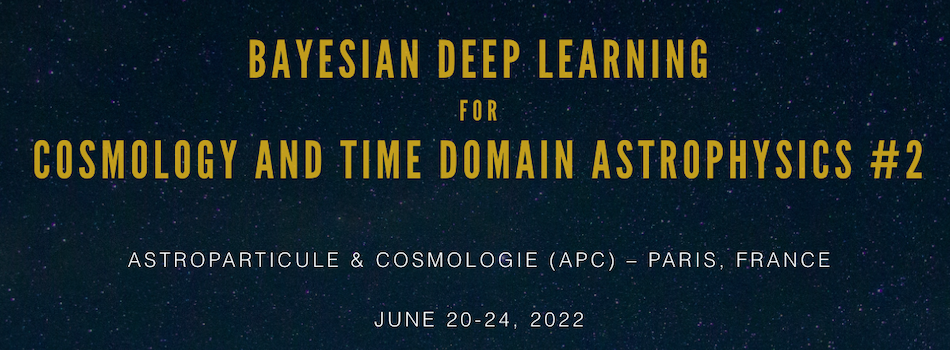Markov Chain Monte Carlo (MCMC) methods are widely used for Bayesian inference in astronomy. However, when applied to data coming from next-generation telescopes, inference requires a significant amount of resources. An alternative is to use amortized variational inference, which consists of introducing a function that maps the observations to the parameters of an approximate posterior...
Gravitational-wave population studies have become a common approach to learn about the astrophysical distribution of merging stellar-mass binary black holes. The goal is to map the source properties (e.g., masses and spins) of events observed by ground-based interferometers --which have been filtered through detection biases-- to the true parameter distributions as a whole across the...
A pressing question in the field of cosmological structure formation is how the long-term assembly and evolution of baryonic matter occurs in galaxies. Galaxies take different pathways to assemble their stellar mass, signatures of which can be derived from galaxy star formation histories via stellar population synthesis (SPS) modeling. Today, we are approaching the age of trillion-galaxy...
With the advent of the Rubin Observatory's Legacy Survey of Space and Time (LSST), which will reach the petabyte data regime, it is imperative that we refine our methods of detecting and classifying images of interest within this myriad of data. In this talk I will present promising results from a Self-Supervised Machine Learning Algorithm, specifically the SimSiam Contrastive Learning model,...

